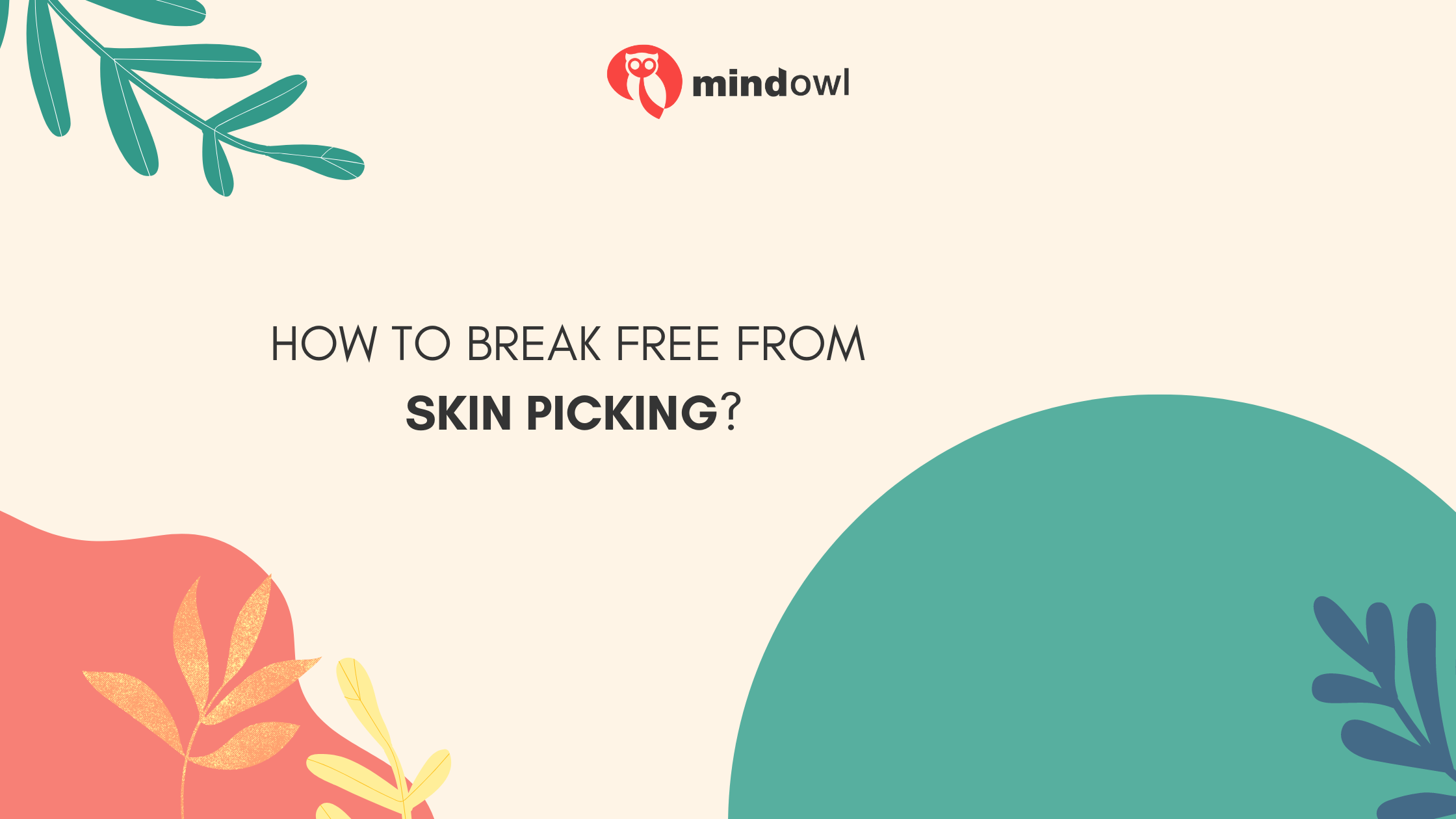
In a world where everyone is concerned about their appearance, it’s easy to see why someone might start picking their skin. However, what starts as a minor habit can quickly turn into a serious issue. This blog takes a deep look at skin picking, offering insights and strategies to help those struggling with this compulsive behaviour regain control and improve their overall health. Also, it provides an understanding of how to break free from these harmful habits and maintain healthy skin. Keep on reading to learn more!
Understanding Skin Picking
Skin picking is a behaviour that involves repeatedly picking at one’s own skin, often leading to sores, scars, and other skin issues. Also known as dermatillomania or excoriation disorder, it’s more than just an annoying habit; it’s a condition that can significantly impact one’s life.
People who pick their skin often do so as a way to cope with stress, anxiety, or boredom. It can start innocently enough—picking at a pimple or a scab—but over time, it can become a compulsive behaviour that’s hard to stop. Common triggers include feeling anxious, stressed, or even just bored. The consequences of skin picking are not just physical but can also be emotional and psychological.
Identifying the Signs
To address skin picking, it’s crucial first to identify whether your behaviour has crossed the line from normal grooming to a compulsive habit. Signs include spending a lot of time picking at the skin, feeling unable to stop, and causing noticeable damage to the skin.
It’s important to understand the difference between normal grooming behaviours—like occasionally popping a pimple—and compulsive skin picking. If you find yourself picking your skin in response to stress or anxiety, or if it interferes with your daily life, these are red flags that you may be dealing with a more serious issue. So, opting to do a skin picking disorder test can help you better understand your behaviour and seek appropriate treatment. That way, you can take the first step towards breaking free from this habit.
The Impact on Health
Skin picking can have severe physical effects, including infections, scarring, and permanent skin damage. The repetitive trauma to the skin can lead to sores that take a long time to heal, and in some cases, can even cause permanent disfigurement.
The emotional toll of skin picking is just as significant. Many people who engage in this behaviour feel a sense of shame and embarrassment, which can lead to social withdrawal and isolation. It can also contribute to feelings of low self-esteem and even depression. Understanding the full scope of its impact can be a powerful motivator for seeking help and making changes.
Strategies to Stop Skin Picking
One of the most effective ways to stop skin picking is through behavioural therapy, particularly Cognitive Behavioral Therapy (CBT). CBT helps individuals identify the thoughts and feelings that lead to skin picking and teaches healthier coping mechanisms. Techniques like Habit Reversal Training (HRT) can also be beneficial.
In addition to professional therapy, there are several self-help strategies that can be effective. These include keeping your hands busy with activities like knitting or squeezing a stress ball, using fidget toys, or applying adhesive bandages to areas you frequently pick. Building a support system of friends and family can also provide the encouragement and accountability needed to overcome this habit.
Seeking Professional Help
If self-help strategies aren’t enough, it may be time to consult a healthcare professional. A doctor or therapist can provide a proper diagnosis and recommend a treatment plan tailored to your needs. This may include medication to manage underlying conditions like anxiety or depression, as well as specialized therapy to address the skin-picking behaviour itself.
Several types of treatment are available, including Cognitive Behavioral Therapy (CBT), medication, and sometimes even alternative therapies like mindfulness and relaxation techniques. The key is to find a treatment plan that works for you and stick with it.

Skin picking is a challenging habit to break, but it’s crucial for both your physical and mental well-being. By understanding the triggers and consequences of skin picking, recognizing the signs, and employing effective strategies and treatments, you can regain control and improve your quality of life.
Remember, you don’t have to go through this alone. Whether through self-help techniques, building a support system, or seeking professional help, there are multiple pathways to overcoming this behavior. If you or someone you know is struggling with skin picking, don’t hesitate to take the first step towards a healthier, happier life.
MindOwl Founder – My own struggles in life have led me to this path of understanding the human condition. I graduated with a bachelor’s degree in philosophy before completing a master’s degree in psychology at Regent’s University London. I then completed a postgraduate diploma in philosophical counselling before being trained in ACT (Acceptance and commitment therapy).
I’ve spent the last eight years studying the encounter of meditative practices with modern psychology.

